The major events of the past month have seen some of the most well-known Ukrainian ‘oligarchs’ significantly lose power. In early July, Rinat Akhmetov, the richest man in Ukraine, considered to control around a third of Ukraine’s GDP, sold his vast media empire to the government. Over the past week, Zelensky removed the citizenship of the well-known Dnipro oligarchs Igor Kolomoisky and Gennadiy Bogolyubov, as well as that of several top politicians in Kolomoisky’s native Dnipropetrovsk region, themselves long known to be linked to Kolomoisky. Politicians close to Zelensky have even begun talking of allowing Kolomoisky to be extradited to the US and tried there for corruption charges.
Along with this, following EU demands on July 1st to do more to struggle against the ‘oligarchs’, the Ukrainian government has begun talking more about the implementation of its 2021 ‘law on oligarchs’, which place various economic sanctions and limits on the ownership of media assets on businessmen deemed by the government to be ‘oligarchs’. Anti-corruption organs have also been strengthened at the EU’s request, which is also directed against the oligarchs, who depend to a certain extent on state support.
The Ukrainian government generally explains all this as a sign of Ukraine’s transformation into an ‘oligarch-free competitive European nation’. There are also other ways to explain these processes.
The first factor in this process is quite simple – the war is destroying the economic assets which formed the productive base of the Ukrainian ‘oligarchy’, namely, the Soviet industrial complex. Akhmetov, though still remaining the richest man in Ukraine, has lost 64% of his wealth since February. Many of his most important assets, such as the Azovstal factory, were located in regions of the Donbass which are now militarily ruined or under control of Russia.
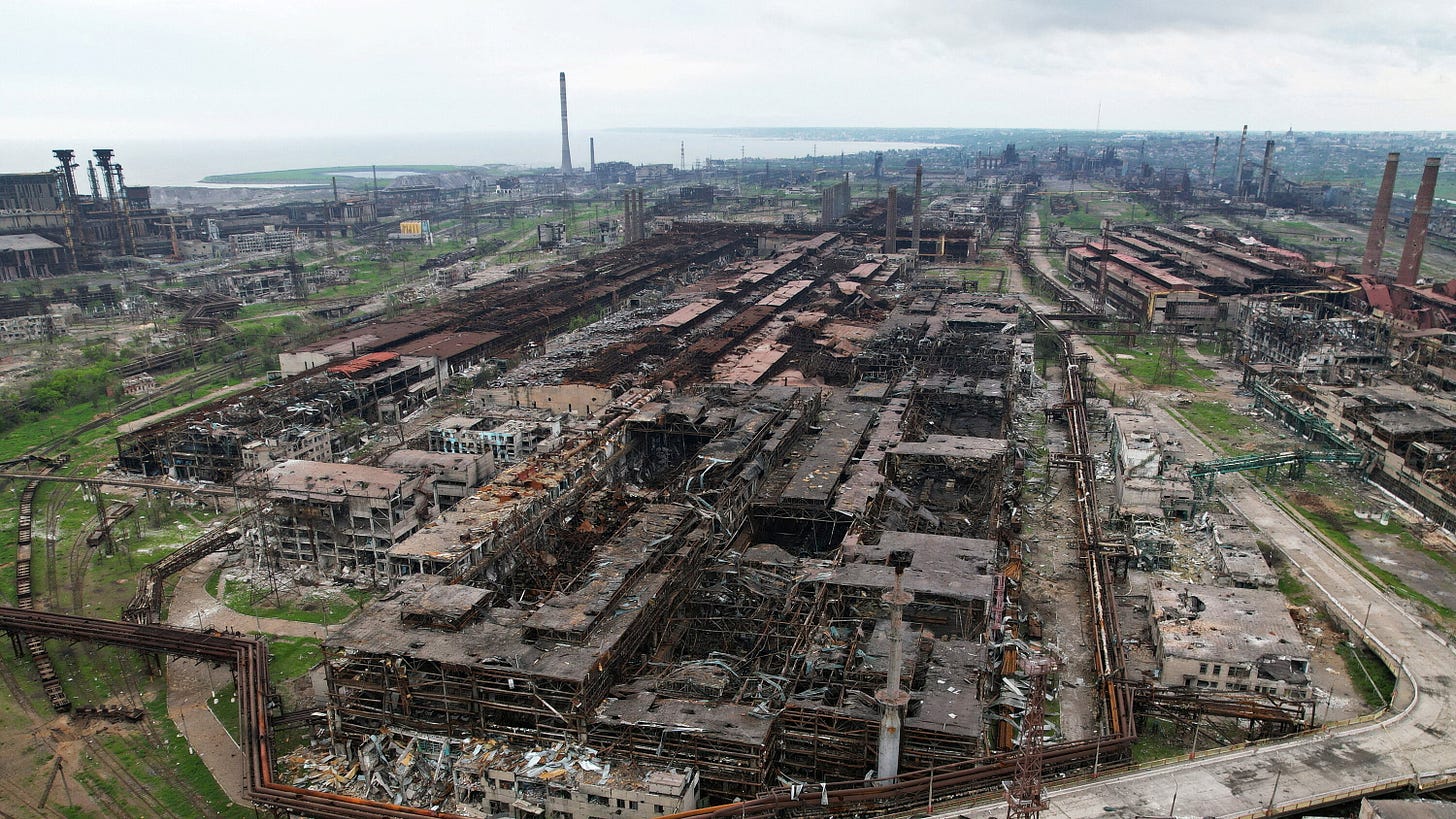
The withdrawal of Akhmetov from the media space is due to related reasons. Media was not a profitable sector, and it is estimated that Akhmetov spent $100 million a year in peacetime on his media empire. He spent this money on media in order to ‘dialogue with the government’ – or blackmail it by broadcasting anti-government messages and politicians, as he began doing towards the end of 2021 and beginning of 2022, where his media empire began constantly broadcasting interviews with politicians highly critical of Zelensky.
There is clearly no point in maintaining such an unprofitable activity when its purpose – influencing or transforming the government – is impossible due to the wartime censor, when all television is under control of the state’s unified media marathon. There is even less reason to maintain this business when Akhmetov has lost so much money due to the war and the anti-oligarch legislation threatens to remove his media assets if the state so decides.
The second factor is a mainstay in post-soviet Ukrainian politics – the presidential command, itself originally the product of one oligarchic clan directed against its opponents (Zelensky was in large part Kolomoisky’s weapon against Poroshenko), is now trying to centralize power in its own hands. Zelensky, though giving preferences to Kolomoisky as late as the 2021 tax reforms that were generous to Kolomoisky’s main exports but harsh towards Akhmetov’s, is now removing Kolomoisky’s citizenship.
The broad context of this is the fact that wartime has economically weakened the oligarchs, while Zelensky and his clan have received enormous political and economic privileges, both domestically and from foreign sources. Naturally, they have decided to take advantage of their relative strength to centralize political and economic power.
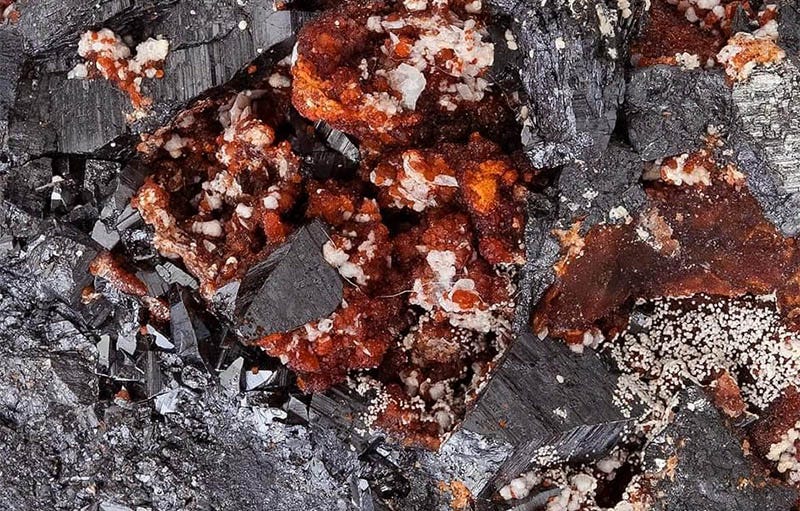
This doesn’t necessarily mean that Zelensky is out to annihilate Kolomoisky as such. Rather, Zelensky is sending a message to the Dnepropetrovsk clan. The mayor of Dnipro, Boris Filatov, has been harshly critiquing Zelensky lately for topics such as the bureaucratic difficulty (due to the continuation of the ‘struggle against corrupt state tenders’) of state weapon purchases. Korban’s role in the defense of the city from the Russian army made him a popular figure, eclipsing the role of Kiev in defending the city to such an extent that Zelensky’s chief advisor even reiterated on TV the importance of the central government - not just Korban, in his words - in defending Dnipro.

Asides from their known links with anti-Zelensky nationalist journalist Yuri Butusov, anonymous government sources have also told Ukrainian media that Filatov and Korban have been informing the US congresswoman Viktoria Spartz about Ukrainian corruption hindering aid, which particularly angered Zelensky and his aide Yermak, who has been targeted by Spartz.
By removing the citizenship of Korban and other elites in Dnipro (Filatov, a political heavyweight, still has his citizenship, though he has openly critiqued the decision to strip Korban of his citizenship), Kyiv shows that it is not willing to allow any regional groups gain enough autonomy to challenge the ‘vertical of power’ emanating from the capital.
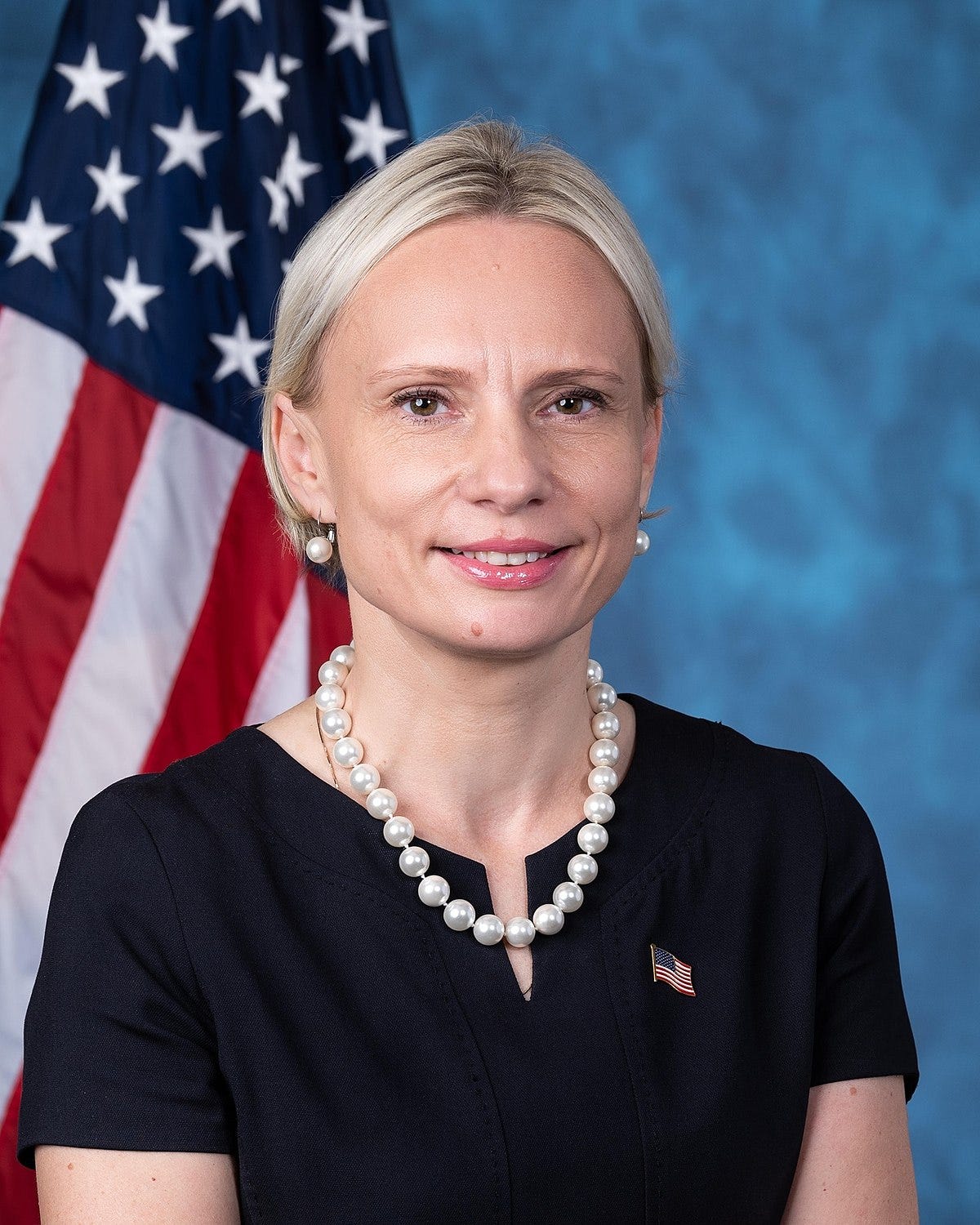
The intensity of intra-political disputes at the moment is also linked to battles over the control of Ukraine’s constantly diminishing economic assets. With a smaller cake to divide, the conflicts grow harsher, and the need for total control increases. The monopolization of the gas sector by the state energy company Naftogaz should also be seen in this context, especially since the gas sector will be and already is a significant recipient of western aid. Furthermore, decreases in Russian energy exports to Europe will hit the Ukrainian economy hard (10% of its budget revenues come from transporting Russian energy), making the struggle over remaining energy transportation revenues even harsher.
Note that previous attempts by Ukrainian presidents to monopolize power and ‘deoligarchize’ failed – Yanukovych was beaten by all the oligarchs in euromaidan, Poroshenko was beaten in 2019 by Kolomoisky and Arsen Avakov, to name the most obvious figures. Ukrainian oligarchs haven’t disappeared in 2022– we are simply seeing a strong tendency towards centralization of economic and political power in the ruling political circle. This attempt to centralize power on Bankova (the Ukrainian White House), motivated by the attempt to create a centralized united front in wartime and the struggle over the division of an ever-shrinking cake of resources, is also the reason behind the impressive list of sacked top government officials – such as July’s dismissal of the procurator general Iryna Benediktova and the head of the Security Services of Ukraine Ivan Bakanov and their replacement with figures even closer to Zelensky, with dramatic purges continuing now.
It is here that Zelensky’s attempt to centralize power might reach its limits, since the last state bastion not controlled by Zelensky remains the armed forces. Zelensky has already engaged in visible strife with military chief Zaluzhny, resulting in ongoing criticism – essentially the only public criticism by other political figures of Zelensky in wartime so far – from those who, before the war, were denoted as being ‘pro-Poroshenko nationalists’. An attempt to get rid of Zaluzhyny would undoubtedly meet with strong resistance from the nationalist segment of Ukrainian society and the West, possibly resulting in Zelensky’s fall from power and a return to the ‘competitive oligarchic democracy’ of old.
The third factor is external – the west is against the ‘corrupt oligarchy’ for several reasons. It is telling that two of the EU and IMF’s biggest demands to Ukraine have always been court reform to get rid of ‘corrupt judges’ and the strengthening of anti-corruption organs under the control of pro-western figures.
This is a field where Zelensky’s power vertical has been asserting itself – the constitutional judges which used to be in a sharp conflict with Zelensky have left their posts and been replaced with an MP from Zelensky’s servant of the people party, giving judges loyal to his party a majority among the judges of the constitutional court.
The ‘defanging’ of the constitutional court is fairly obviously motivated by the fact that this organ often decided against initiatives pushed by the west such as the existence of anti-corruption organs and the privatization of agricultural land. Correspondingly, the IMF and its domestic spokespeople never miss a chance to recommend replacing these ‘corrupt pro-oligarch/Russian judges’ with new, western-educated judges, and generally weaken the strength of this organ.
One of the long-standing demands of the west on this account has been the ‘supervision’ in the selection of Ukrainian judges by an ‘ethical council’, in which 3 of the 6 members are chosen by international organizations. Scandalously, 2 of the 3 foreigners chosen in December 2021, an Estonian and an American, themselves were embroiled in corruption scandals at home.
Many of the west’s favorite ‘anti-corruption activists’ in Ukraine have themselves been convicted of corruption. It is hard to maintain the argument that the US is simply interested in ‘eliminating corruption in Ukraine’. According to transparency international, in 2021 Ukraine ranked 122nd out of 180 countries when it came to corruption, much lower than Georgia (45), Armenia (58) or Moldova (105). Before Euromaidan, Ukraine was 140th – hardly an impressive result for 8 years of western financed ‘struggle against corruption’, especially if you take into account the factor of bias that transparency international has been one of its chief financiers. So what is the real interest of the west in this ‘struggle’?
First of all, the interest in the struggle against corruption is geopolitical – the Ukrainian oligarchy is a class with domestic industrial assets, which therefore makes it interested in some sort of cooperation with Russia. Their wealth is built on the soviet industrial complex, which was highly integrated with Russia’s industry and raw materials. They are rational economic agents interested in export markets and cheap raw materials – two areas where Russia presents more opportunities than the west does.
The situation with regard to the geopolitical alliances of Ukraine’s big business is complicated by its competition with Russian raw materials exporters and the issue of Russian gas transport. Nevertheless there have been many attempts, more or less public, by all of Ukraine’s ‘oligarchs’ to come to an agreement with Russia and L/DPR. This is a topic which deserves to be covered in more depth in a separate article. For a taste, read these articles by the oligarchs Firtash and Kolomoisky calling for some sort of rapprochement with Russia. Akhmetov’s role in financing certain Donbass separatists and the continuation of his business in regions controlled by them after 2014 is also well known, and I have written about it here.
All this is at least partly why the IMF and the US constantly position their role in Ukraine as one of ‘overcoming the corrupt oligarchic economy in favor of a competitive market democracy’. And why the big ‘anti-corruption’ think-tankers like Paul Massaro are also the biggest anti-Russia hawks, which they claim ‘exports its influence through corrupting elites’ (though how this differs from US foreign relations is unclear).
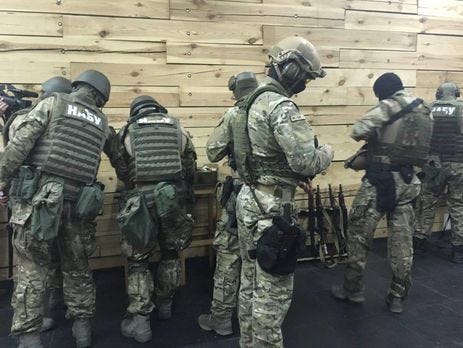
If Ukraine has no big business left, having deindustrialized under the twin push of ‘anti-corruption’ (which doubles as anti-industrial policy, see my article on this) legislation and trade liberalization with the EU (free trade is generally held up as a panacea to statist corruption), then who is left in charge of the country? Anti-corruption ‘activists’ funded either directly by the West, its NGOs like Transparency International, or by the Ukrainian state budget, which itself survives largely thanks to western aid.
A situation where the anti-corruption organs have total juridical power is one where the ruling political class (and the ‘anti-corruption civil society’ which controls these politicians), clearly has 0 interest in a rapprochement with Russia, since its income depends on saying and doing what the West wants – being anti-Russian. Unlike the oligarchs, it has no industrial assets whose profit might be increased through access to Russian (or separatist-controlled Donbass) markets or raw materials. One ends up with a ‘Lithuanian scenario’, where the government make anti-China, anti-Russia decisions which actively harm domestic business, supposedly in the name of ‘civilizational values’.
The second US motivation in pushing ‘the struggle against corruption’ is more crudely commercial – the ‘oligarch’ class is interested in some forms of protectionism and prevents foreign capital from controlling all Ukrainian assets.
This commercial motivation also has a geopolitical aspect, due to the global significance of Ukrainian energy transportation, the sector where the Ukrainian oligarchy made much of its money in the 90s and 2000s. At stake here is access to the enormous EU energy market and the EU’s ‘energy security’. One of the major long-term plans of the EU and USA, the implementation of which accelerated after 2014, has been the privatization of Ukraine’s gas transportation network and purchase by western capital.
Meanwhile, the destruction of the Ukrainian oligarchic class will mean that the most powerful capitalists in Ukraine will be foreign, western capitalists, who also have little interest in overseeing a Ukrainian rapprochement with Russia, since this means competition from Russian business, and possibly the protectionist ideology generally espoused by ‘pro-Russian’ politicians in Ukraine.

The current ‘de-oligarchization’ and the victories of ‘anti-corruption activists’ is hence not really something to celebrate. It signifies the finale in the death of the Soviet industrial complex and the victory of an unproductive political class whose income depends on foreign hand-outs and political decisions which contradict national interests.
Here is a follow-up to this article, clarifying some ambiguities.



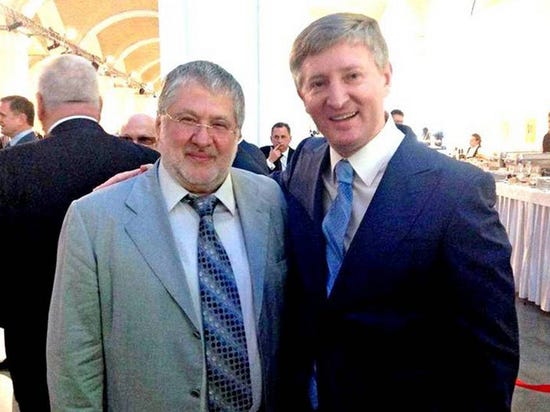
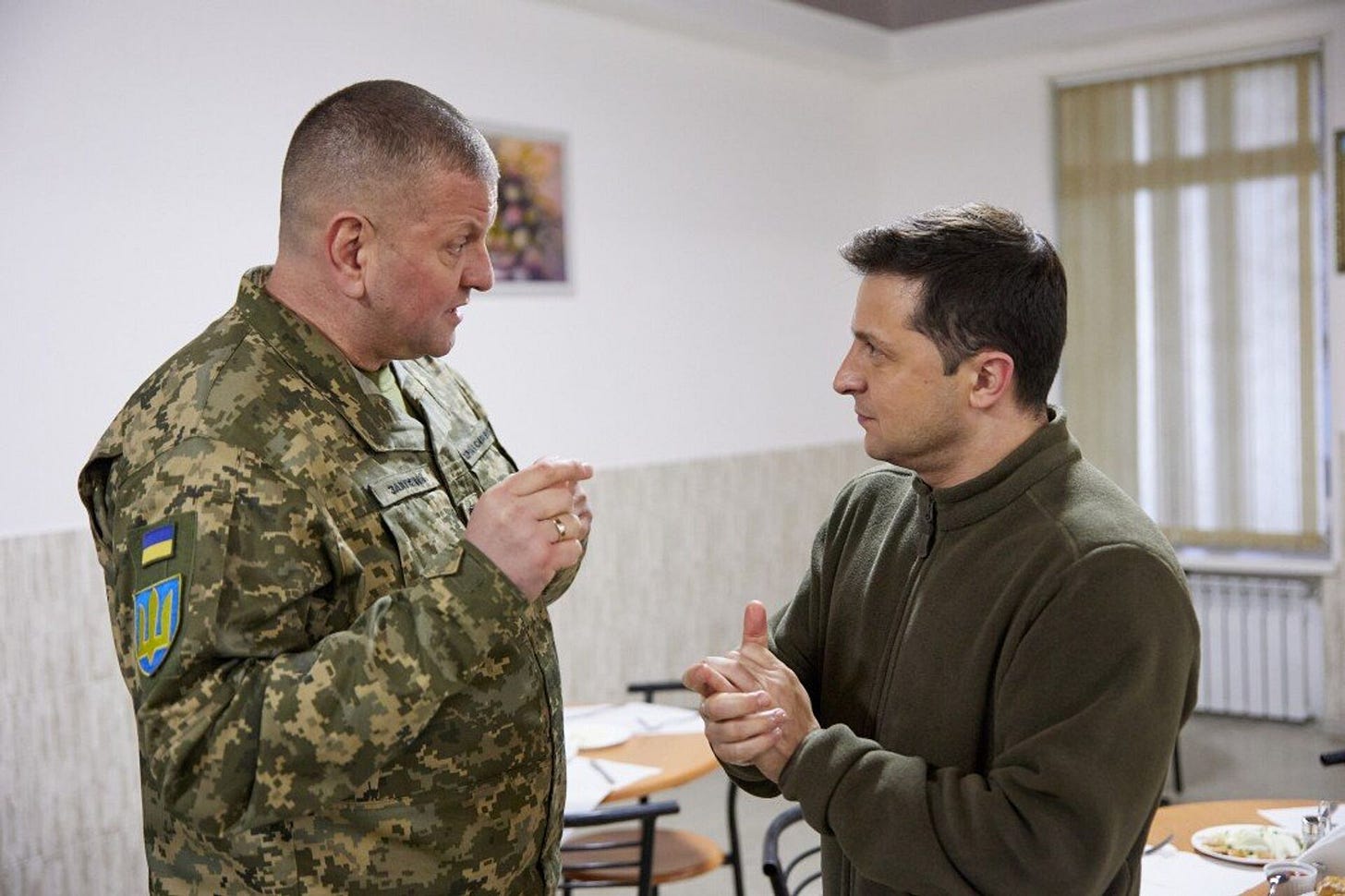
It is not stated on your profile who stands behind this publication. Yet, your links lead to Strana.ua, one of the most notorious pro-Russian media in Ukraine. In fact, Ukrainian National Security and Defence Council of Ukraine put Strana under sanctions in 2021. Not a good source to base your analysis of Ukraine on.
It would be great if you gave more transparency to your readers.
As regards the 2021 tax reform, the article linked clearly states that the tax for iron ore was increased from 8% to 10%, not to “33%” as you wrote. The 33% figure concerns the profitability threshold for iron ore, which is something else altogether.